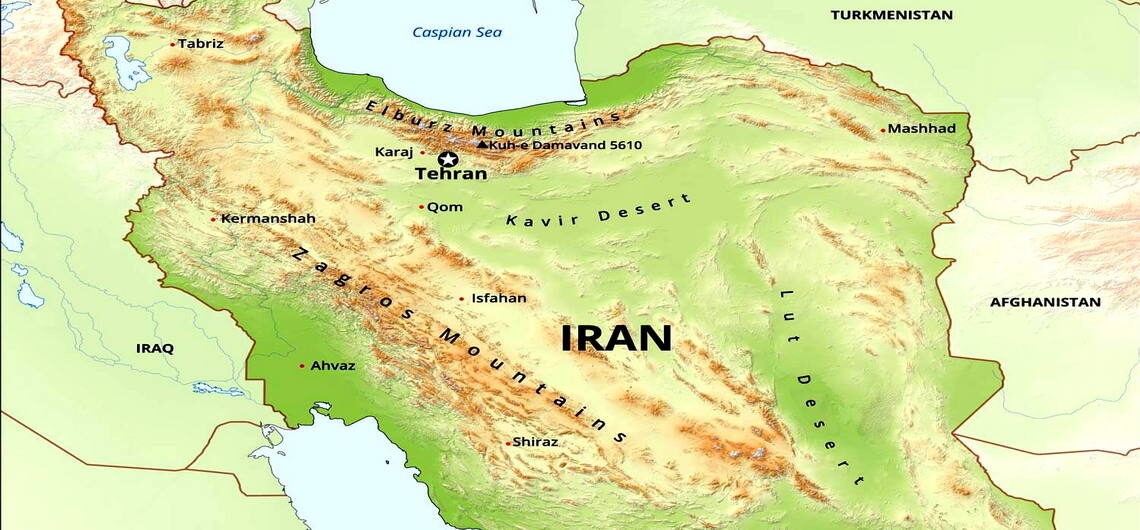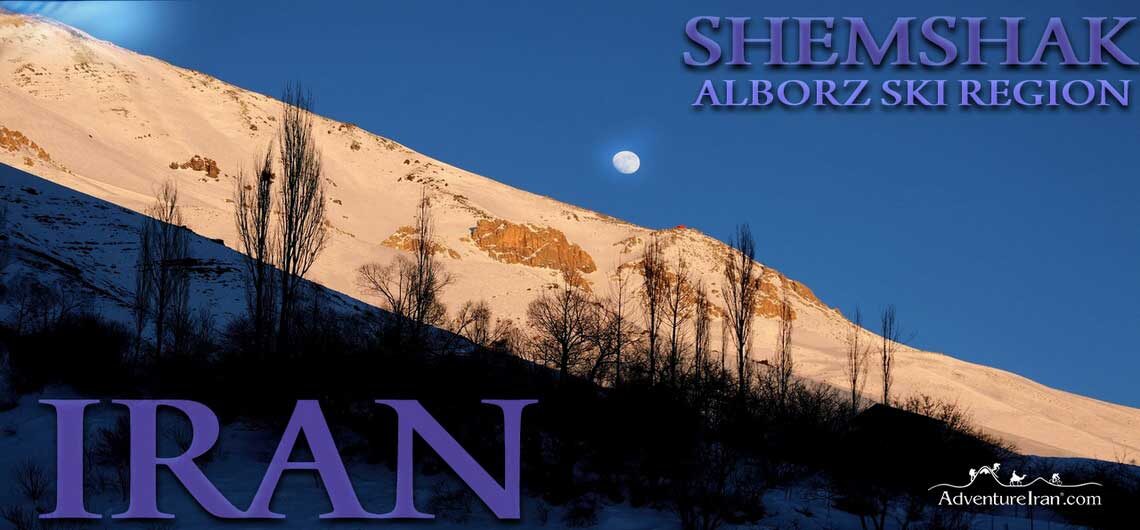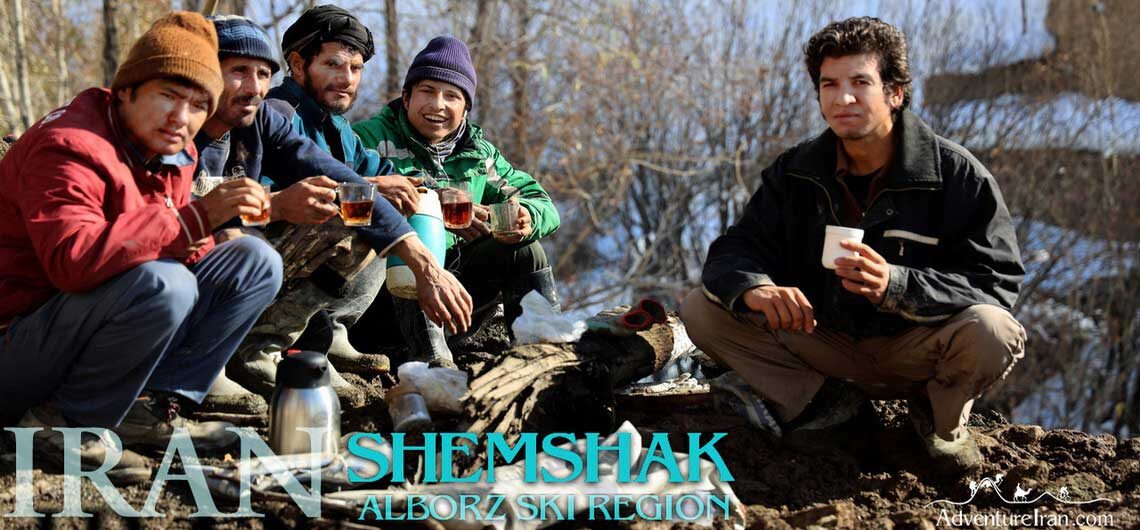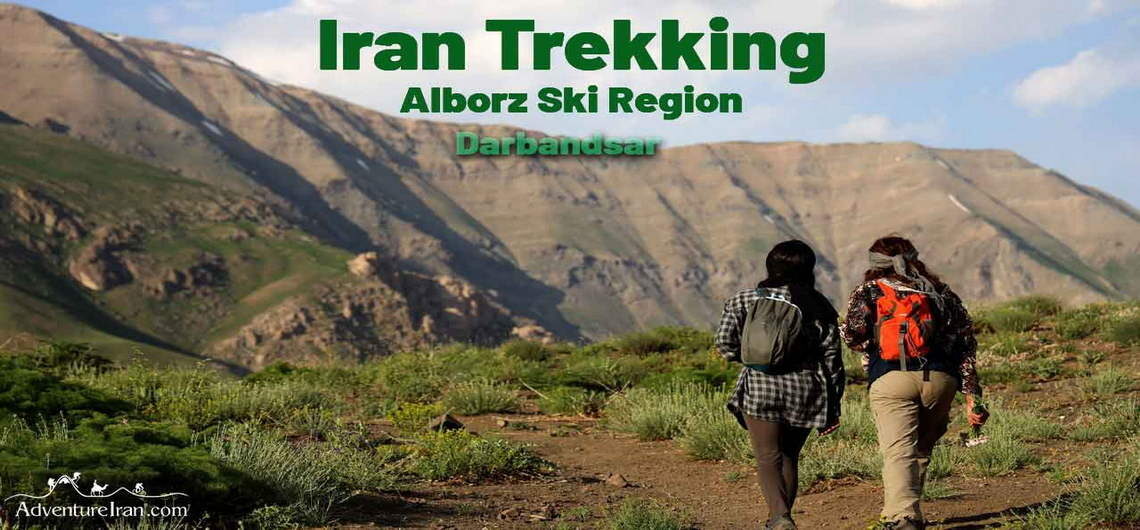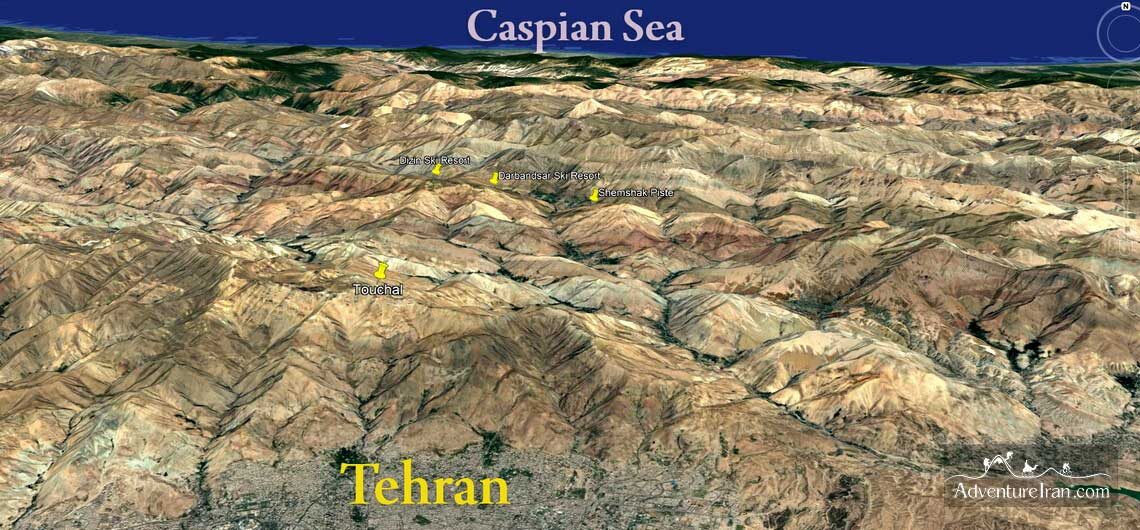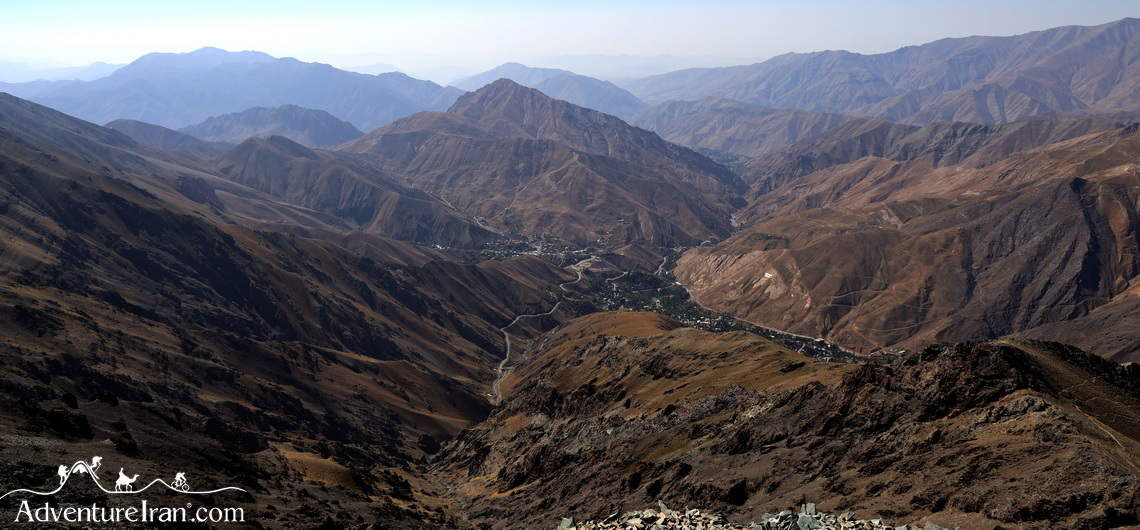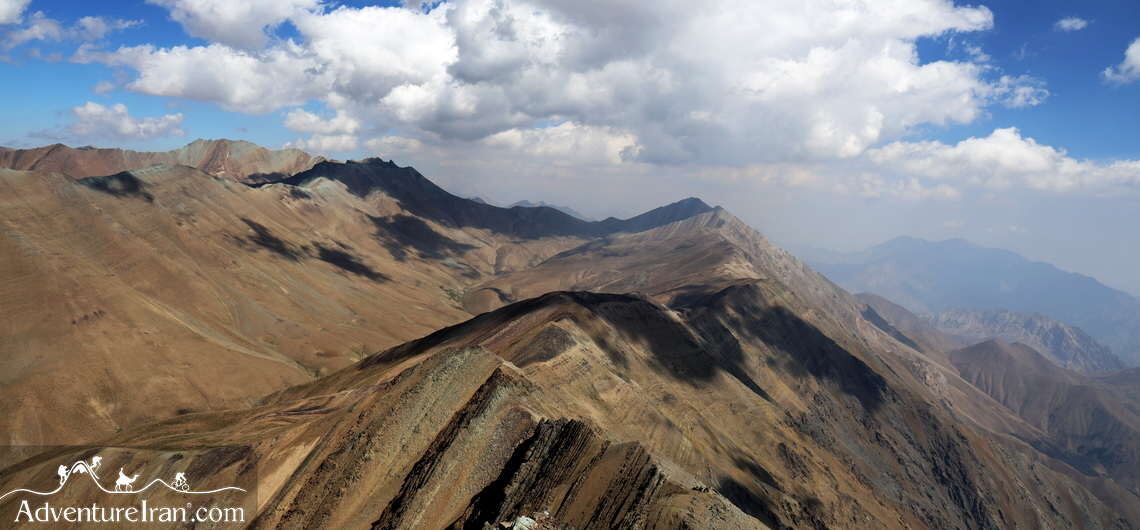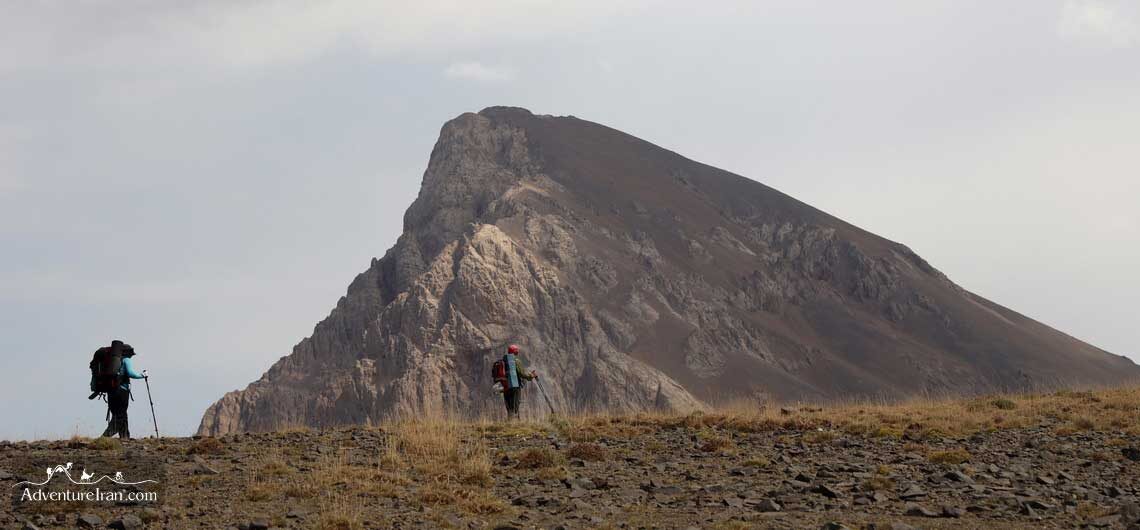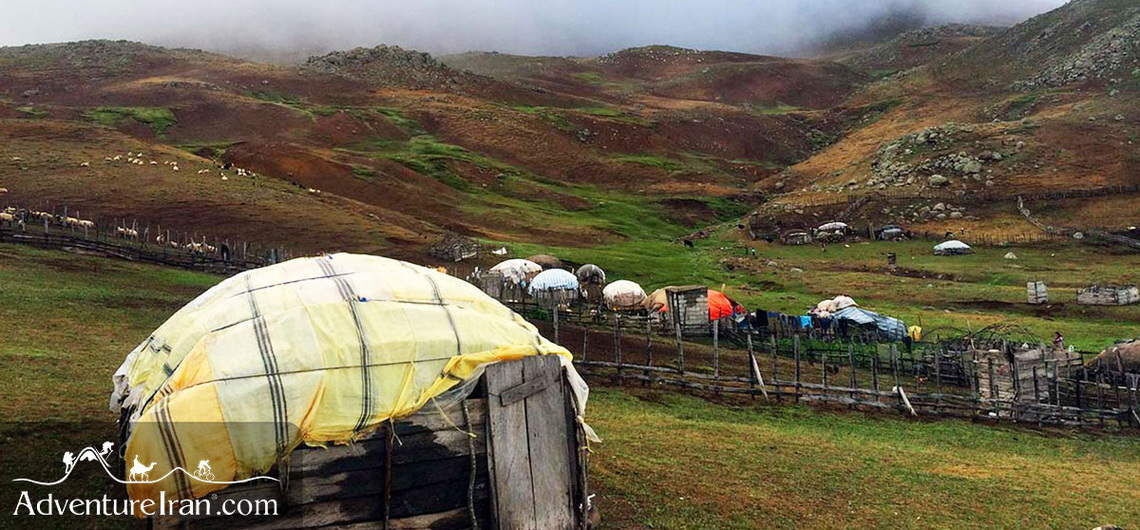Iran Mountain Ranges Iran with 1.64 million km2 has two major mountain ranges called Alborz and Zagros Mountain Ranges. Alborz Mountain Range The first range is Alborz Mountains, also spelled Elburz, Albourz, Alburz, or Elburs. In the Persian language, it is called Reshte Koohe Alborz or Koohhayeh Alborz. This 900 km (560 miles) long
Video Story: Shemshak Winter Mountain scenery
- Activities, Attractions, Destinations, Videos
- Alborz, Alborz Markazi protected area, Alborz mountain range, Alborz Ski Area, Alborz Skiing, Central Alborz Mountains, Darbandsar, iran hiking, Iran Hiking Tours, Iran Protected Area, Iran Protected Region, iran trekking, Iran Trekking Tours, Iran wildlife, life style, Shemshak, Shemshak Piste, Shemshak Ski Resort, Shemshak tours, Shemshak village, timelapse, Timelapse photography, wildlife, winter, winter activities
Shemshak Winter Mountain scenery Shemshak is the name of a touristic village before the revolution which has now turned mostly into a small town. Shemshak became famous because of the famous Shemshak Ski resort and a lot of old wealthy people before the revolution came to Shemshak for skiing and it was a hub
4 seasons of life in the Alborz mountains
- Activities, Attractions, Destinations
- Alborz, Alborz Markazi protected area, Alborz mountain range, Alborz Mountains, Alborz Ski region, Alborz Skiing, Central Alborz Mountains, Darbandsar, Iranian, Iranian Life Style, kolonbastak, life style, Mount Sarakchal, Mt Kolonbastak, people, Persian, Persian Life, Persian Life Style, Sarakchal Peak, Shemshak, Shemshak Piste, Shemshak Ski Resort, Shemshak tours, Shemshak village, Shemshaki
4 seasons of life in the Alborz mountains This clip is about one and half years of photography and life in the Shemshak village after Coronavirus from February 2020 till August 2012. The photos and time lapse were taken with Canon EOS-R camera and a few of them recorded with Go pro. The original reason
Video Story: Trekking in Darbandsar
- Activities, Attractions, Videos
- Adventure Iran, Alborz mountain range, Alborz Ski Area, Alborz Ski region, Alborz-e Markazi protected area, Central Alborz Mountains, Darbandsar, Darbandsar Ski Resort, Darbandsar village, Iran Hike, Iran Hiking Tour, iran trekking, Iran Trekking Tours, mountain Trekking, Northern Tehran, Trekking Tours
Trekking in Darbandsar This video is about a private trekking trip in the heights of Alborz ski region in north of Tehran province with some friends in covid times. As the central Alborz Mountains has a lot of peaks, we generally choose one of them for our trekking or mountain biking trip as it is
Alborz Ski Region
- Activities, Attractions, Destinations
- Adventure Iran, Adventure Travel, Alborz mountain range, Alborz Mountains, Alborz Ski Area, Alborz Ski region, Alborz Skiing, Central Alborz Mountains, Chelgerd Ski Resort, Darbandsar Ski Resort, Dizin Ski Resort, Iran, Iran Adventure, Iran Adventure Travel, Iran Adventures, Iran off Piste, Iran Off Piste Skiing, Iran Ski, Iran Ski Holiday, Iran Ski Pistes, Iran Ski Resort, Iran Ski Touring, Iran Ski Tours, Iran Ski Travel, Iran Ski Trip, Iran Skiing, Iran Tour, Iran tours, Iran Travel, Ski, Ski Tour, Ski Touring, Ski Touring in Iran, Ski Tours, Skiing
Alborz Ski Region in Iran Iran embraces numerous ski resorts in different mountains of Alborz and Zagros. The most important Ski Resorts were built before the Islamic Revolution, during Mohammad Reza Pahlavi’s ruling, and they are still among the best in the country. Alborz mountain starts from the northwest of Iran near the Turkey border
Mount Kolon Bastak in Northern Tehran Northern Tehran has countless mountains above 4000 m, which are geographically located in the central Alborz mountains. Mount Kolon Bastak is one of the highest summits in the Central Alborz region in Iran, with an altitude of 4170 m above sea level. The closest village to this summit is
Mount Sarak Chal
- Activities, Attractions
- Alborz mountain range, Central Alborz, Central Alborz Mountains, hike iran, Iran, Iran Hike, iran hiking, Iran Hiking Tours, Iran Trek, Iran Trekki, iran trekking, Iran Trekking Tours, Mount Sarak Chal, Mount Sarakchal, Northern Tehran, Sarak Chal peak, Sarakchal, Sarakchal Peak, Shemshak, Shemshak village
Mount Sarak Chal in Iran Mount Sarak Chal (or Sarakchal) is one of the highest summits in the central Alborz Mountains in Iran, at 4210m above sea level. There are three Sarak Chal peaks which are located on the famous Kolon Bastak-Sarak Chal mountain ridge line. All three mountains are above 4000 m. The closest
Mount Sabalan 3rd Tallest Volcanoes in Asia Mount Sabalan is the third highest peak in Iran at an altitude of 4811 m. It is located in Ardabil province, the northwest part of the country. Sabalan or Savalan Mountain is an inactive volcano at 4811 m and is one of the most beautiful mountains in Iran.
Azad Kuh Mountain Azad Kuh Mountain, with a giant rocky summit, is one of the highest peaks in Iran and is located in the high central Alborz mountains. Azad means ‘free’ and Kuh means ‘mountain’. The free mountain might be the local name, due to it being cone-shaped, so dissimilar from the other surrounding mountains.
Highlands of Talesh in Iran Talesh also spelled Talysh and Talish, is a region in northwest Iran, west of the Alborz Mountain range along the southwest of the Caspian Sea. The Talesh area is believed to be the place where the Aryan People first settled (They are Indo-European people who moved down from, what are

